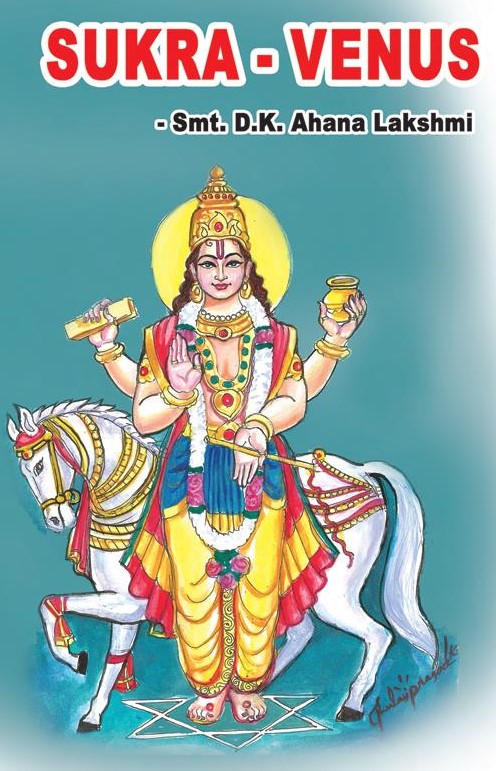Suryascandro mangalasca budhascapi brahaspati Sukrahsaniscaro rahuh ketusceti navagrahah || Navagraha – Celestial influencers Sun, Moon, Mars, Mercury (Budha), Jupiter, Sukra (Venus), Saturn (Shani), Rahu, and Ketu are the nine planets. When you are in a remote village and look at the sky at night without the light pollution of the cities, you become aware of Read More
Ads Blocker Detected!!!
We have detected that you are using extensions to block ads. Please support us by disabling these ads blocker.

